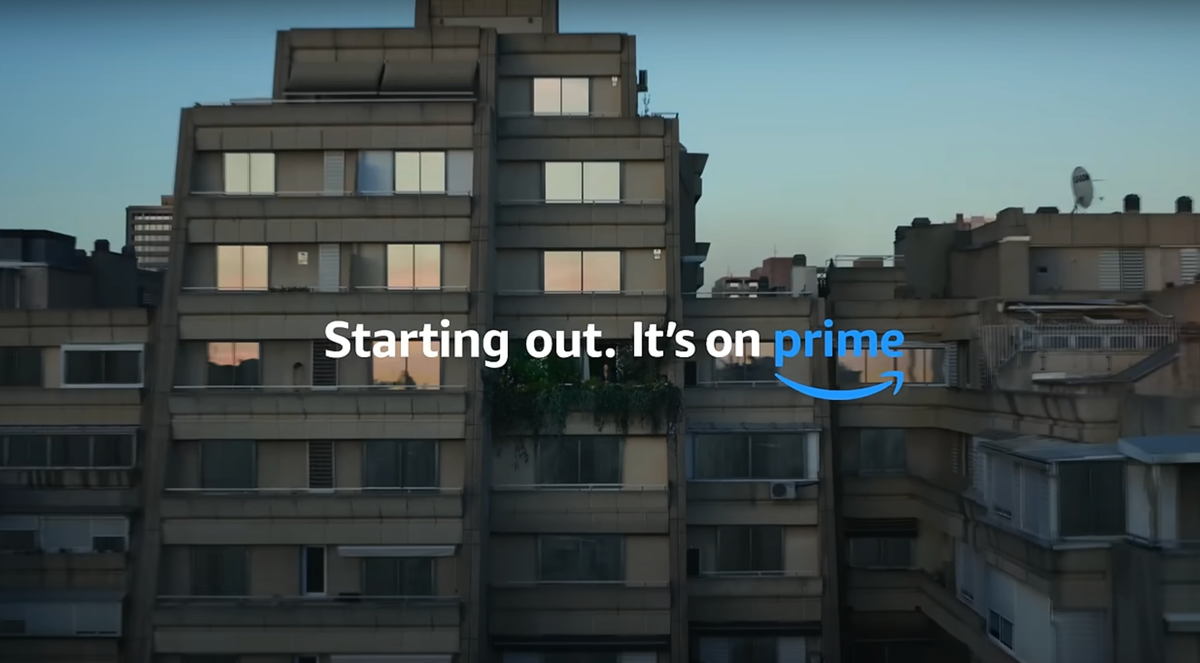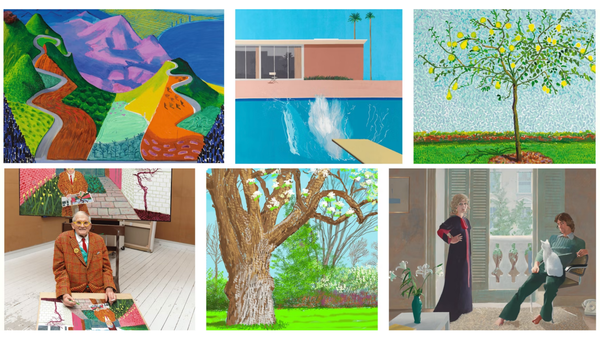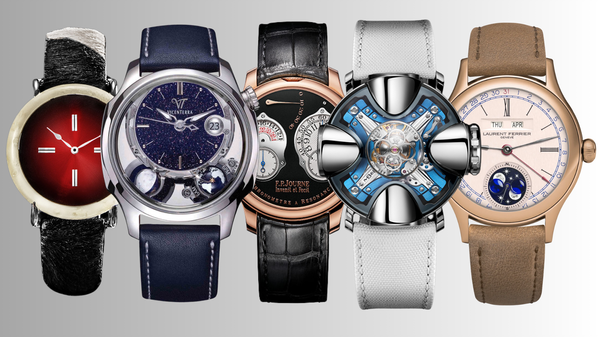Amazon’s ‘Concrete Jungle’ is a Masterpiece from an Artistic Lens
Amazon's Concrete Jungle ad, featuring Victoria Wyant's captivating performance, artfully explores resilience and renewal amid urbanisation, blending nature, technology, and personal transformation.

In the vast and often overwhelming landscape of modern advertising, it is rare to find a campaign that transcends its commercial roots to engage its audience on a more profound, intellectual level.
Yet Amazon’s latest advertisement, 'Concrete Jungle,' does exactly that. In a world increasingly dominated by disposable consumerism and fleeting digital moments, this advertisement stands as a meditation on the intersection of art, technology, and environmental consciousness.
Through its nuanced visual language, powerful narrative, and musical choices, Concrete Jungle offers viewers a profound reflection on resilience, urban life, and the enduring conflict between humanity and nature.
At the heart of this masterpiece is actress Victoria Wyant’s remarkable performance. Wyant commands the screen with a depth of emotion that is rarely seen in the advertising world. Her portrayal of a woman navigating the complexities of city life is not merely a character in an advert; it is a layered study in quiet strength, personal struggle, and renewal. The nuanced looks and expressions she offers—at times, despondent, at times, contemplative—allow the audience to glimpse a world of inner conflict and resolution. Wyant’s ability to convey so much with so little dialogue is extraordinary, making her performance not just an accompaniment to the visual narrative but its beating heart.
Her character’s journey is rich with emotional undercurrents. At first, there is a palpable sense of melancholy as she moves through a stark, minimalist apartment, a symbol of a fresh start but also an empty, uncertain future. This isn’t a stereotypical depiction of urban success; instead, it offers a glimpse into the isolation that often accompanies modern city life. Wyant’s character seems burdened by a weight, as if she’s carrying a personal history of loss or emotional exhaustion. Her expression—subtle, yet achingly human—captures the sense of disconnection many feel in today’s fast-paced, consumer-driven world.
As viewers, we are invited to project our own interpretations onto her journey. Some might see her as escaping the remnants of a toxic relationship, her sparse new home a metaphor for starting over after years of entrapment. The addition of greenery to her apartment is not just an aesthetic choice; it represents her effort to breathe life back into her existence, a symbolic gesture towards healing and growth. Yet, even as she surrounds herself with these tangible reminders of renewal, there is an undeniable sadness in her eyes. Wyant’s character is caught in a delicate balance—on the precipice of transformation, but haunted by the past.
This narrative of personal regeneration is reflected in the ad’s stunning visuals, which juxtapose the oppressive concrete of the urban landscape with the gradual reintroduction of nature. What begins as a sterile, grey cityscape—cold and indifferent—slowly transforms as plants and trees reclaim space. The message is subtle but clear: in the midst of relentless urbanisation, nature persists, and in doing so, it offers us a way forward. The creeping vines and rooftop gardens that emerge throughout the advertisement serve as visual metaphors for resilience, not only in the environment but in Wyant’s character as well.
This visual metaphor is beautifully underscored by the advertisement’s use of music. Christine and the Queens deliver a modern interpretation of Canon in D Major, layering a classical violin melody with contemporary electronic elements. This merging of old and new, tradition and innovation, mirrors the core conflict of the advert: the tension between the natural world and human-made structures. The music ebbs and flows, much like the city itself, and serves as an emotional anchor that deepens the viewer’s connection to the story. The haunting violin strains echo through the vast concrete jungle, reminding us of the fragility of life in a world increasingly dominated by industry and technology.

Despite the richness of the imagery and the emotional weight of Wyant’s performance, Concrete Jungle is not a moralistic commentary on the dangers of urban expansion or environmental neglect. Instead, it presents a world where hope and possibility exist alongside despair. The green revolution subtly depicted in the advert is not about a radical transformation of society but about the small, meaningful ways we can make change within our personal spheres. Wyant’s character, with her modest urban garden, exemplifies this—an individual act of reclamation in the face of overwhelming concrete structures. It’s a gentle yet powerful reminder that progress and environmental consciousness can coexist.
Yet, for all its aspirational tones, the advertisement does not shy away from the challenges of this vision. Wyant’s character, even as she embraces her new life and fills her apartment with plants, never quite reaches an unadulterated moment of joy. There is a bittersweetness to her final expression—a tentative smile, a reflection of someone who has begun the process of healing but still carries the weight of the past. It’s a nuanced portrayal, one that rejects the simplistic tropes of consumerist happiness in favour of something more human, more complex.
What makes Concrete Jungle particularly effective is its ability to engage the viewer on multiple levels. It is both a commentary on the environmental crises facing the world and a deeply personal story of renewal and resilience. Wyant’s performance elevates the advert from mere promotional content to a work of art—her character a quiet revolutionary, reminding us that change is often incremental, personal, and hard-won.

In an age where advertising is often about quick sales and short-lived impressions, Amazon’s Concrete Jungle offers something altogether different: a piece that lingers, asking its audience to reflect on their relationship with the world around them, with the environment, and with themselves. Through its artistic depth and emotional complexity, it succeeds not just in selling a product but in sparking thought and conversation about the world we inhabit and the future we wish to create.







